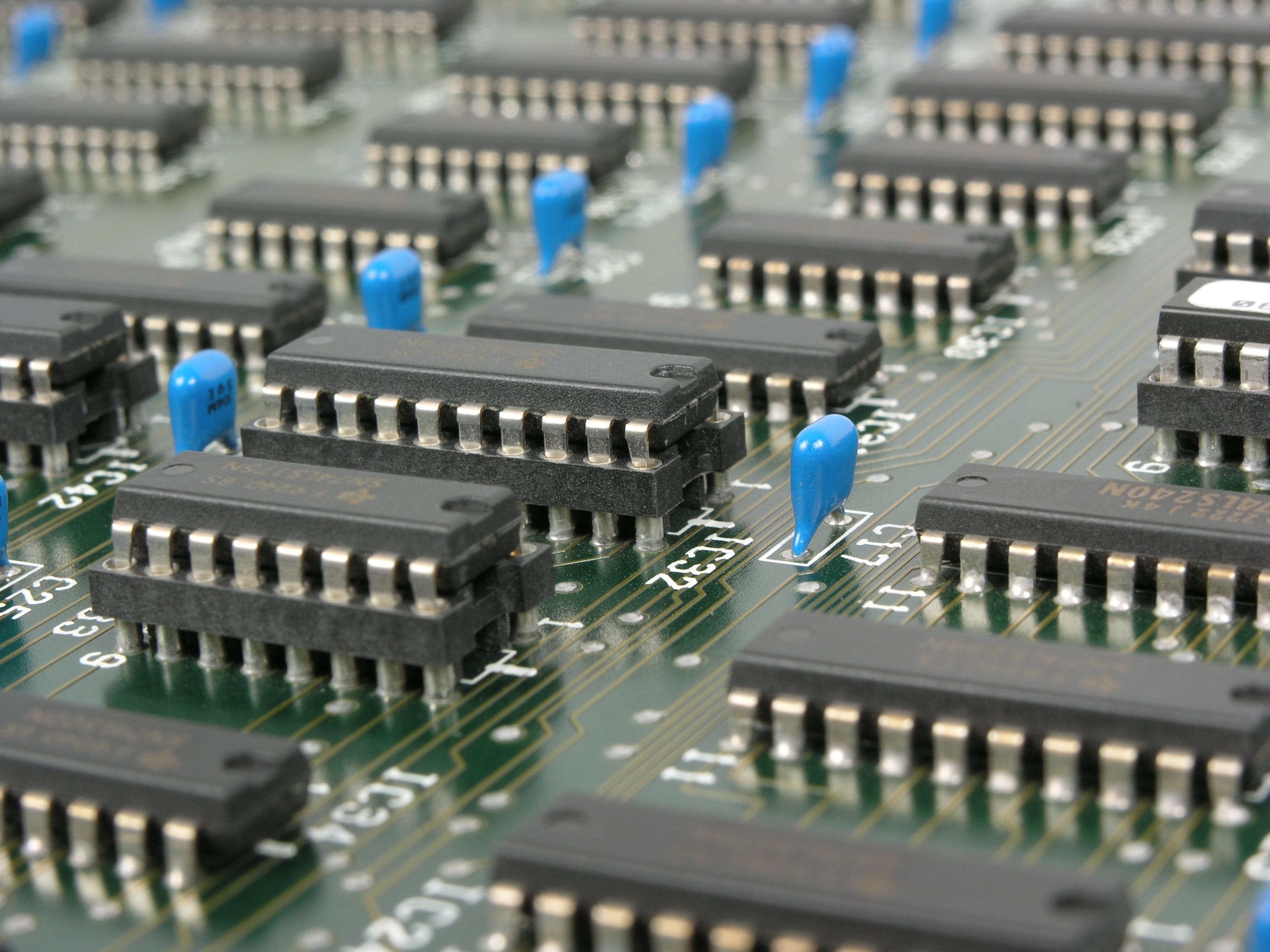
The microchips are the size of a grain of rice. They function as swipe cards to open doors, operate printers – or purchase fast food items.
Convenience is the argument the company uses for the identification method. Workers at the plant hold parties for those willing to have a chip implanted. It is not a requirement. Officials say it replaces a lot of other communications devices, such as credit cards and keys.
It’s the same technology that has been used for some time to identify pets. Some companies use embedded microchips to track shipments. But widespread use for employee identification is just beginning.
Security and privacy issues are part of the development. The chips are biologically safe, but some think they are too intrusive, recording data about what time an employee arrives at work and what he or she buys. Some employees who had qualms at the outset went ahead and now feel at home with the chips. The many sorts of implants that people have had in recent times helps alleviate some of the doubts. For instance, just about everyone knows someone with a pacemaker or a port for medications.
Epicenter has 100 companies and some 2,000 employees. It began implanting ID microchips in 2015 and now has some 150 workers implanted.
The microchips use Near Field Communication technology, the same that is used in contactless credit cards or mobile payments. When activated by a reader a few centimeters away, a small amount of data flows between the two devices via electromagnetic waves. The implants are passive, unable to read information themselves.
There are concerns that hackers could conceivably get a huge amount of information from the embedded microchips. As the sophistication level of the implants rises, the concerns could multiply. Questions about who, when and where should be subjected to implantation will get more sticky.
The devices are injected using pre-loaded syringes into the fleshy area of the hand next to the thumb. The process takes just a few seconds and there is little if any blood. At Epicenter, they make a party of it. Monthly, they meet and those who want to get “chipped” get it done.
The gradual move toward implants may be the wave of the future, and there is a growing number of employees who want to be part of the movement, but the potential problems re: confidentiality and the prospect of hackers ending up with an individual’s information should be addressed.